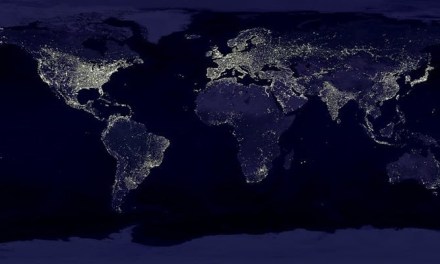News
A new report from Ericsson argues that it will be possible to overcome 5G networks “energy curve”
From 2G to 4G, the increase in energy demand from generation to generation of mobile technology has been steady and predictable. With more data traffic comes higher power consumption, and some operators are predicting that 5G will double their current power usage once fully deployed.
But it does not have to be this way, suggests a new report from Swedish vendor Ericsson.
The report outlines a four-point strategy for tackling the issue of power consumption, paraphrased here:
1) Modernising the network by replacing old, inefficient tech, rather than simply adding to it
2) Utilising energy saving software to reduce energy demand while retaining network performance
3) Optimising the 5G network through using new tech to minimise the need for hardware
4) Capitalising on AI to increase site infrastructure efficiency
It will come as no surprise that all these points can be facilitated with Ericsson technology. The company’s Energy Infrastructure Operations solution, for example, can offer a decrease of up to 15% in energy-related OpEx and 30% in energy-related outages.
Nonetheless, it is interesting that the report suggests that new technologies made possible or enhanced by 5G, like AI and machine learning, could play a significant role in reducing power consumption. In a sense, 5G will go some way to solving its own network efficiency problems, but there is still much to be done on the part of the operators.
“With this new report, we answer the billion-dollar question: is it possible to quadruple data traffic without increasing energy consumption? We believe that it is not only an option, it is an industry responsibility,” said Erik Ekudden, Eriksson’s senior VP, CTO and head of group function technology. “We are now sharing our insights into how the industry can achieve this new reality.”
With the world in a climate crisis, the telecoms industry is slowly increasing the pace of its environmental projects. Many operators have already pledged to go carbon neutral, but the target dates vary widely. O2, for example, recently announcing its new 2025 target, but rival BT still wants another quarter of a century to reach its target, currently aiming for carbon neutrality in 2045.
Some operators are doing a much better job – Finnish operator Elisa earlier this week announcing that it was on course to achieve carbon neutrality this year – but for the rest of the industry reducing energy consumption should be a priority when deploying 5G, not an afterthought.
As operators around the world race to deploy 5G as quickly as possible, energy efficiency should be at the forefront of their mind. An efficient strategy to deploying 5G will not only save them money but could also help save the planet.
Also in the news:

















